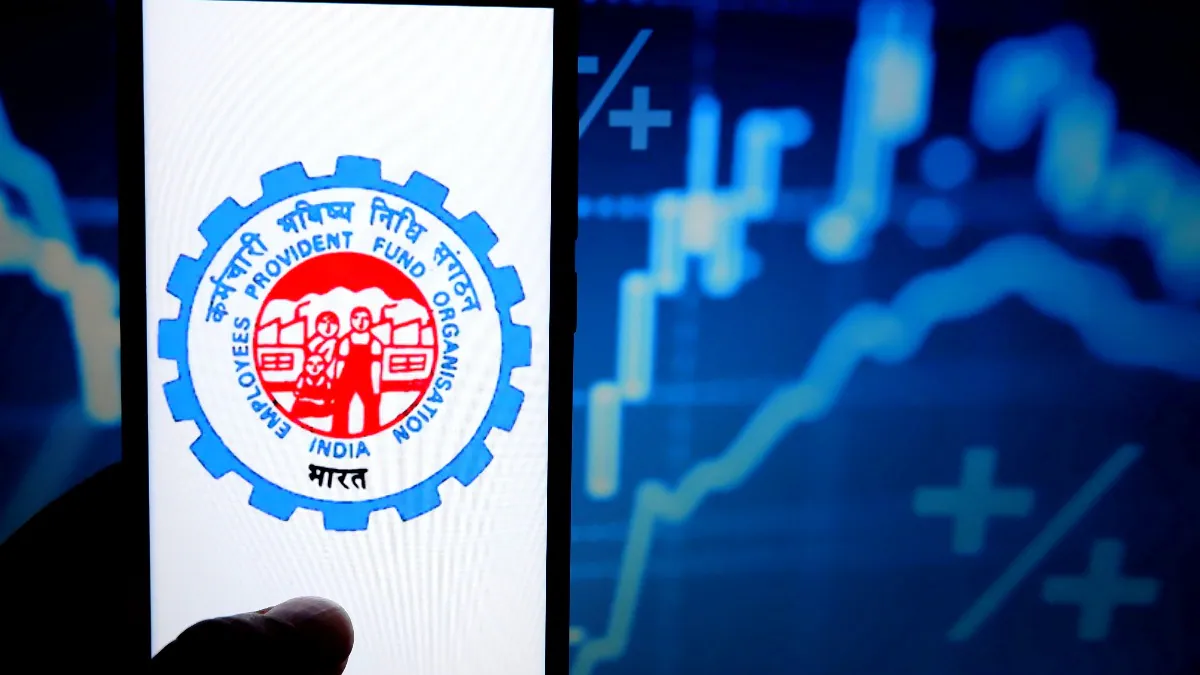
EPF withdrawal rules For many employees dealing with financial stress, dipping into their Employee Provident Fund (EPF) feels like a safety net. After all, it’s a fund you and your employer have been contributing to for years. But when it’s finally time to make a withdrawal, many are shocked to find the payout is lower than expected. What’s going on?
Let’s break down the common reasons behind this shortfall — and how you can protect your hard-earned savings.
1. Early Withdrawal = Tax Surprise
EPF withdrawal rules One of the biggest reasons for a reduced payout is Tax Deducted at Source (TDS). If you withdraw your EPF before completing five continuous years of service, the amount becomes taxable.
- With PAN card: 10% TDS is deducted.
- Without PAN card: The TDS rate can go as high as 34.608%!
- Under ₹50,000? Good news — no TDS is charged on smaller withdrawals.
So, waiting for five years before making a full withdrawal can save you a big chunk of tax.
2. EPS Isn’t Part of Your Withdrawal
Your EPF contribution includes a portion that goes into the Employee Pension Scheme (EPS). This part doesn’t show up in your EPF passbook and won’t be included in your final withdrawal. That often confuses employees who expect to get the full balance they see in their passbook.
3. Old Accounts and Tech Glitches = Mismatched Balances
EPF withdrawal rules If you’ve switched jobs, EPF withdrawal rules there’s a good chance your old PF account wasn’t properly merged with the new one. This can cause:
- Incomplete fund transfers
- Mismatch between actual balance and passbook
- Delayed updates due to technical glitches
All of this can make your balance look bigger than it really is, leading to disappointment during withdrawal.
4. Still Working? No Full Withdrawal Allowed
You can’t withdraw your full EPF amount while you’re still employed. However, if you’re unemployed, the rules change:
- After 1 month of unemployment: You can withdraw up to 75% of your balance.
- After 2 months: The remaining 25% becomes available.
EPF withdrawal rules Still, taxes might apply depending on your service history and the withdrawal amount.
5. How to Avoid Surprises: Smart EPF Tips
Want to make sure your EPF experience is smooth and surprise-free? Here’s what you can do:
- Update your passbook regularly to track accurate balances.
- Make sure all forms — EPF withdrawal rules especially Form-19 (for final PF settlement) and Form-10C (for pension withdrawal) — are correctly filled and submitted.
- Use the Umang app, SMS, or missed call services to check your balance and account status.
Final Thoughts: Know Before You Withdraw
EPF withdrawal rules Understanding how EPF withdrawals really work can help you avoid the unpleasant shock of a lower-than-expected payout. Whether it’s taxes, EPS deductions, or account mismatches, being informed is your best defense.
Your EPF is your money — take a little time to understand the process and you’ll keep more of what you’ve earned.



